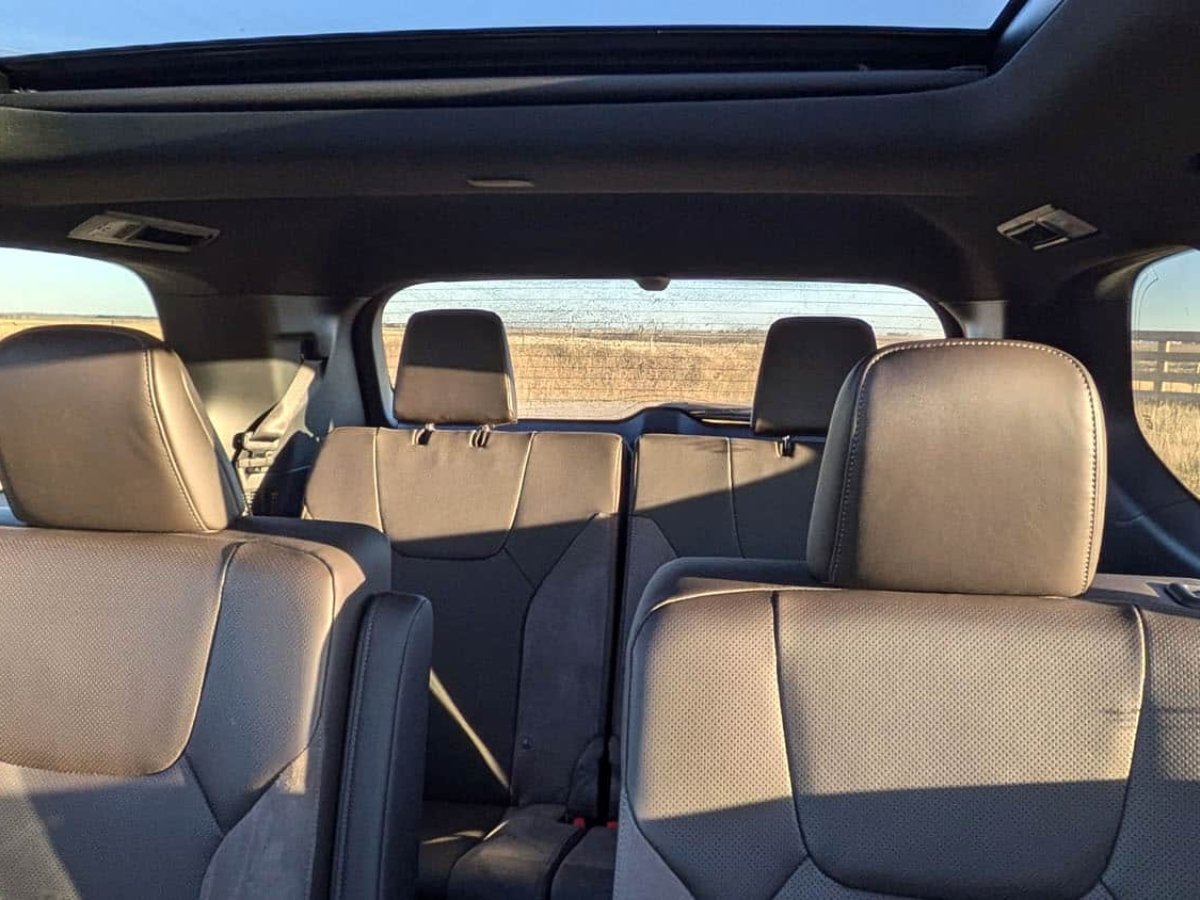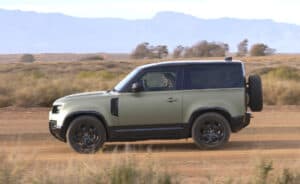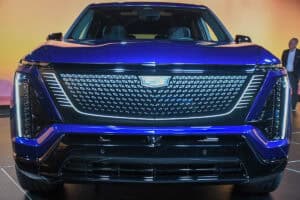Lexus RX buyers looking for a little more space previously had the option of the longer, seven-seat RX L. But Lexus has kept the latest RX to a strict five-seater and opted instead for a more convincing answer to the three-row question in the form of the new TX.
The TX is built in the US specifically for North America, sharing its GA-K platform with not only the RX but also the seven/eight-seat Toyota Grand Highlander. When we drove the range-topping Grand Highlander Platinum Hybrid Max AWD earlier this year, the price tag was C$65,450 / US$58,475.
Our recent Lexus TX 350 Executive AWD test vehicle, meanwhile, already hits C$80,250 as a gas-only, upscale six-seater with second-row captain’s chairs (it’s US$62,550 for the similar Luxury AWD trim in the US) – even without the 500h hybrid powertrain that adds at least another C$4k / US$7k to the sticker. Is it worth the extra dollars?
Related – All 3 Lexus TX 2024 Models You Need to Know About
Performance and driving impressions
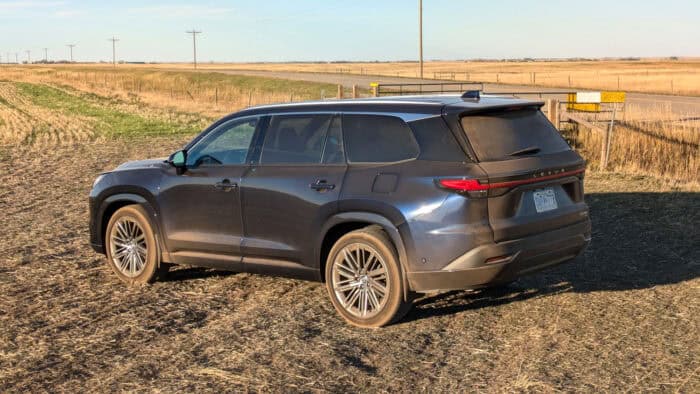
- Engine: 2.4L turbocharged 4-cylinder
- Horsepower: 275 hp
- Torque: 317 lb-ft
- Transmission: 8-speed automatic
- Drive Type: All-Wheel Drive (AWD)
- Towing Capacity: Up to 5,000 lbs
As mentioned, our mid-size luxury TX had the only non-hybrid powertrain of the three available—a 2.4-litre turbocharged I4 with 275 hp. In Lexus style, it’s unobtrusive and gets on with the job without drama. It uses plenty of fuel, however. In a week of mostly highway cruising, we recorded 11.4L/100km (20.6mpg), which is higher than the official combined consumption figure of 10.3L/100km (22.8mpg).
You can cut your fuel bill – and hike the power to 366 hp – by going hybrid. Enter the Grand Highlander Hybrid Max AWD, which shares the 500h’s powertrain but saves you a chunk of cash over the TX 500h. Note that a TX 550h+ Plug-in Hybrid is also due to join the range soon.

On the road, the TX does little wrong while doing little to stir the senses. Lexus strengthened the body to improve the noise, vibration and harshness (NVH) performance and we’d agree that it has the edge on the Grand Highlander here, but the Toyota is still a very quiet, comfortable vehicle. For outright refinement, we’d prefer smaller wheels than the 22in rims on the Executive model (the US Luxury grade has 20s).
Snob appeal, or more generously badge appeal, is also a reason why many buyers will opt for the TX over its Toyota cousin, even if the Grand Highlander Platinum Hybrid Max offers Lexus-like luxury for a considerable cost saving.
As you’d expect, there’s a comprehensive selection of driver-assistance systems on both SUVs. In the Lexus’ case, there’s zero chance of backing into another vehicle thanks to oversensitive parking sensors that keep you miles from the nearest car.
Related – First Drive: 2024 Lexus TX Review
Interior

Our TX had the unfussy interior design and upscale materials that you’d expect from a Lexus even if a small squeak from the dashboard fell below the build-quality standard you associate with the brand. But the Platinum Hybrid Max is no regular Toyota and its material choices – we loved the leather-and-suede seats – give its more expensive relation a run for its money.
Naturally there are cabin features exclusive to the premium brand, like the Mark Levinson audio and multicolour ambient lighting. One quirk is the ability to switch up the TX’s central storage space by removing the cupholders. They don’t appear to fit anywhere else, though, creating a storage problem when not in use.

The TX shares the latest Toyota Multimedia setup with the Grand Highlander; its touchscreen is slightly larger than the already large Toyota’s. Unfortunately, the wireless Android Auto in our TX intermittently failed to connect.
One area where the TX improves massively on the old RX L – and steals a march on many of its competitors – is in third-row space. At 33.5-inches, it has 10 inches more legroom than the RX L, while the high roofline is head-friendlier. Adults aren’t always comfortable over long distances in the very back of a mid-size SUV, but they would be here. For the record, the Grand Highlander has near-identical third-row and cargo-carrying dimensions.
Styling
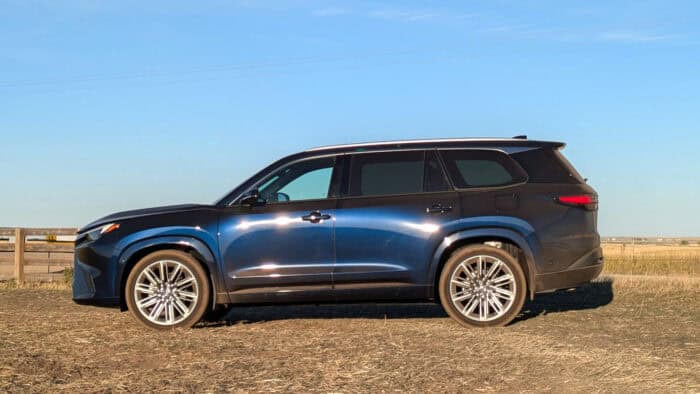
There’s a reason why the TX is so spacious: it’s big. The newcomer is longer than the RX L, Grand Highlander and even the ‘full-size’ Lexus LX within the luxury brand’s SUV lineup.
Any attempt to maximize interior space invariably ends in something shaped like a box. But even if the silhouettes are very similar, the TX’s C-pillar treatment in particular gives it a more sophisticated look than the Grand Highlander, in our view.
One design detail of note is the “Unified Spindle” grille, a more aero-friendly version of the traditional Lexus spindle form. The designers’ focus on aerodynamics doubtless yielded fuel-economy benefits but the gasoline TX is still slightly thirstier than its Grand Highlander equivalent.
Our test vehicle came with attractive Nightfall Mica (deep blue) paint, which we think better disguises the bluff front-end than lighter shades.
Takeaway
Pros
- Massive cabin
- More practical than old RX L
- Badge appeal
Cons
- Spotty Android Auto connection
- Hybrid does more with less fuel
- Grand Highlander covers similar ground, for less
The spacious Lexus we’d like to see in North America is the LM, the distinctive luxury minivan that sells in many other global markets. It even comes with AWD. Let’s be honest, most TX’s won’t ever see challenging off-road use, at least not without a tire swap.
But just as the Toyota Highlander easily outsells the Sienna, Lexus knows that an SUV, not a minivan, is the answer to the three-row question in North America. Hence we have the TX.
Snob appeal, or more generously badge appeal, is also a reason why many buyers will opt for the TX over its Toyota cousin, even if the Grand Highlander Platinum Hybrid Max offers Lexus-like luxury for a considerable cost saving. TX buyers won’t be disappointed with a well-thought-out if unexciting SUV especially, we suspect, if they opt for the TX 500h hybrid. Our pick? We’d live without those last few Lexus-only amenities and buy the cheaper Toyota.


